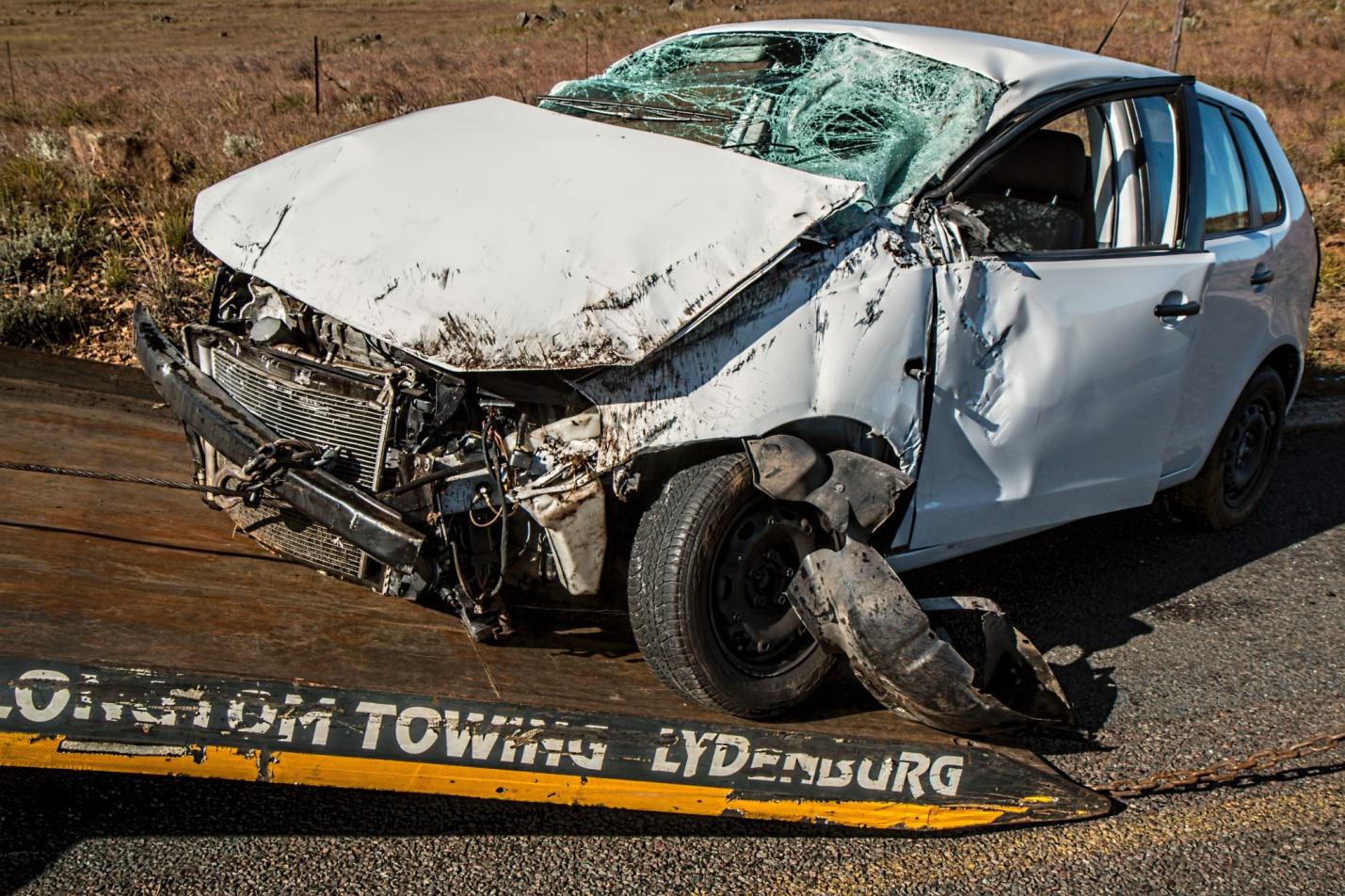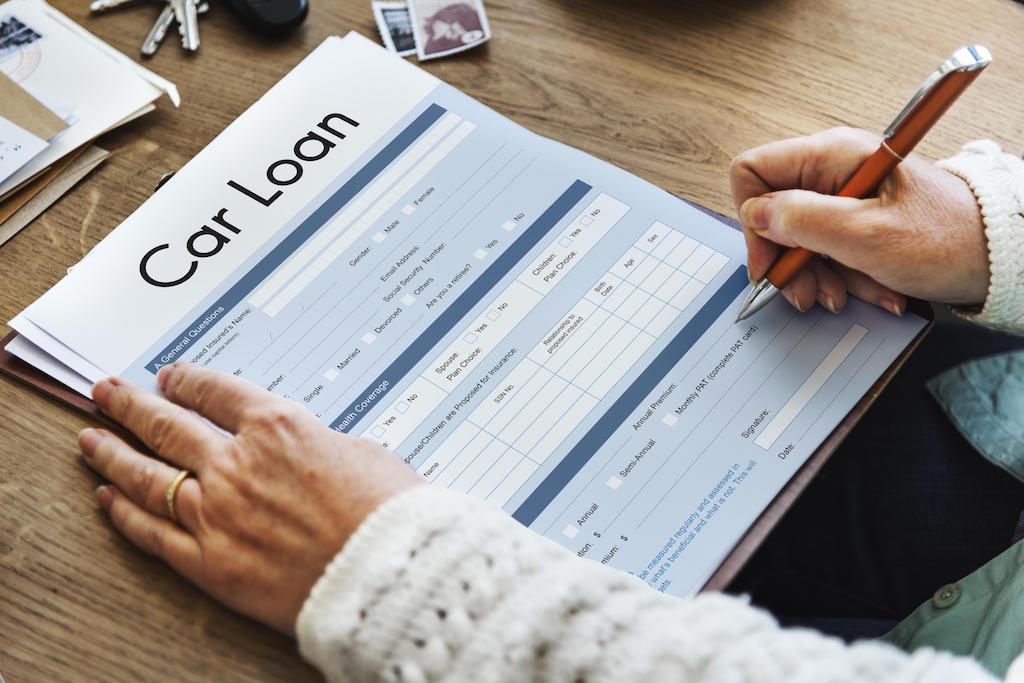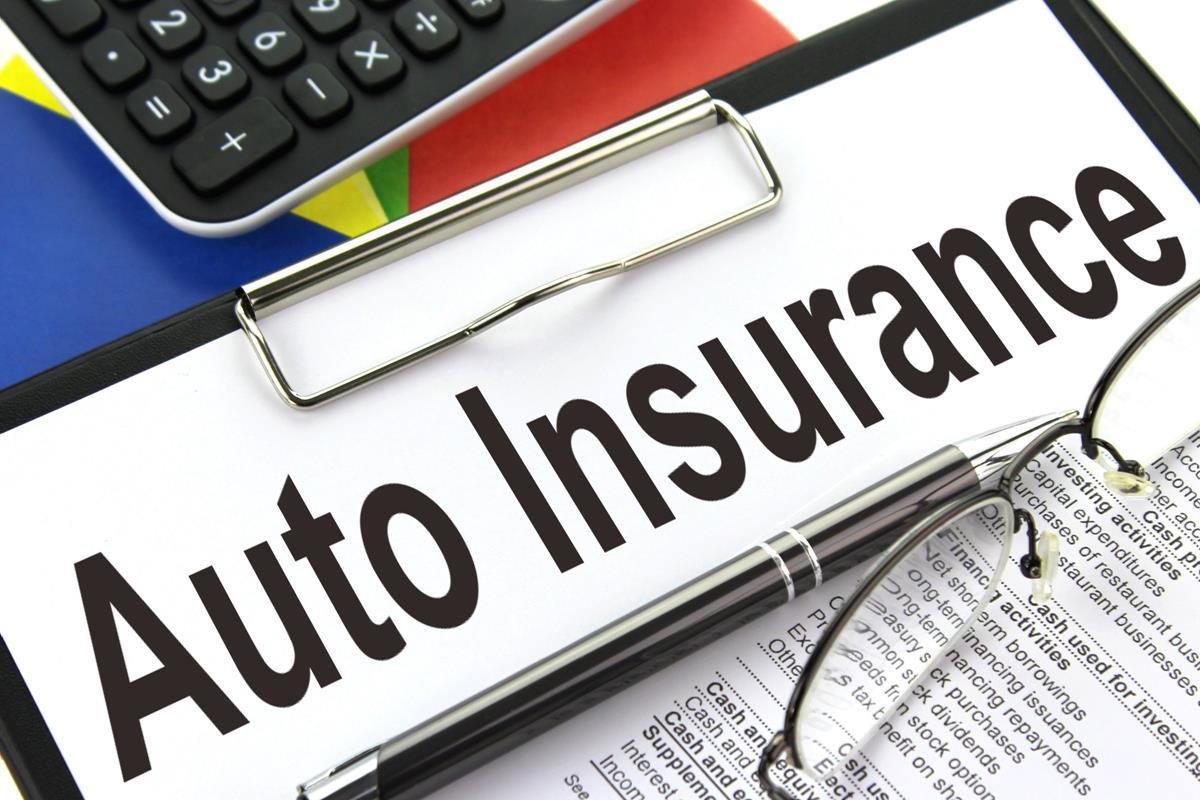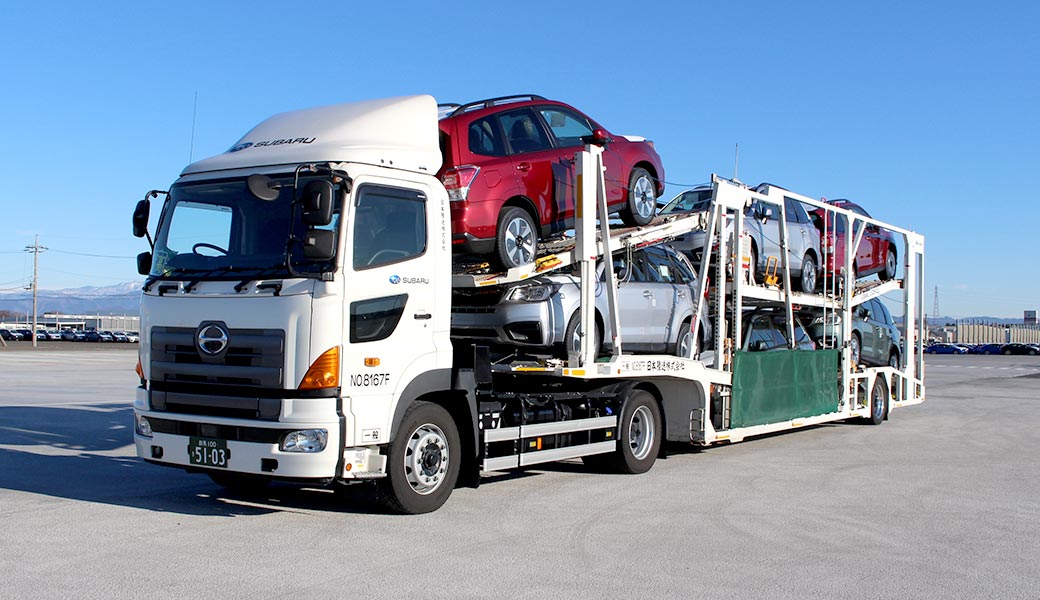If you are like most people, you shop for insurance based on your budget. Since your premium likely accounts for a big part of your personal budget, you might even choose the bare minimum simply because it is the cheapest. Nobody can blame you for putting your pocketbook first, but what you may not realize is that oversimplifying the search for insurance can actually cost you money.
Buying insurance is complicated, and in order to get the best deal, you will need to invest time to research and determine the best policy for your needs. If you can avoid some of the most common mistakes shoppers make, you’ll be on your way to finding a policy that meets your needs and fits your budget—without packing in any hidden costs.
Only Looking at Price
The aforementioned mistake is probably the one shoppers make most commonly. Plenty of people looking for car insurance will only look at the base price of the policy, but if you think about it, you’ll see how ludicrous this approach can be. In most cases, the least expensive option will be the state minimum for coverage.
If the objective of an auto insurance policy is to shield you from the financial liability of a collision or other incident, opting for the state minimum can leave you vulnerable. Studies show that the average liability claim is $3,290 for property damage, so lower-costing coverage means that you will bear a greater responsibility for the cost of any incidents. You should consider whether your emergency savings would be enough to cover what a bare bones policy doesn’t.
Not Reading the Policy
There is a reason you have likely been warned to always read the fine print. Washington DC car insurance is an important protection for drivers, so when your safety and financial wellbeing are on the line, you should do everything you can to inform yourself. Even the most educated buyer can end up feeling duped, but you can avoid a lot of confusion by simply reading the disclosures of the policy you are considering.
You should familiarize yourself with its limitations, provisions for litigation, and exclusions before you agree to the coverage. Even if you usually love surprises, you won’t when you are hit with surprise charges or find out you are not covered when you thought you were. You can avoid this by reading all materials before making your purchase.
Agreeing to a Poor Deductible
Your premium and your deductible are inversely proportional, so the higher your deductible is, the lower your payment will be. While your provider is the one who ultimately decides what your deductible will be, you can often negotiate to get a deductible that is lower. While a higher deductible will reduce the cost of your up-front payments, it will also mean you bare a greater liability in the event of an incident. Everybody’s situation is different, so you should carefully consider what your unique financial situation calls for. Examine your budget and your savings to determine the best coverage option.
Assuming One-Size-Fits-All
Insurance advertisements seem to target everybody and anybody with little regard for the intricacies of your needs. In reality, there are six different standard coverage options, and you should familiarize yourself with all of them prior to buying a policy. Consider how each option will fit your financial situation. In addition to the variety of options available, you should look into any provisions or add-ons that you might need. Shopping for these options can save you money and prevent additional liability in the event of a claim.
Buying insurance is complicated, but you can make it simpler by sidestepping some of the silliest mistakes consumers make. Find the right policy for you by doing your research, paying attention to your finances, and finding a great agent.










